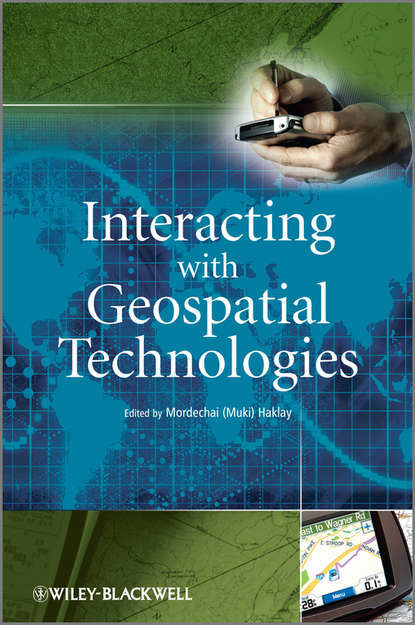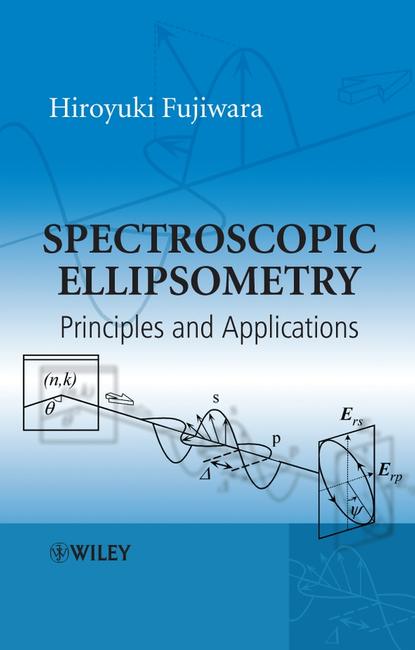Книга "Взаимодействие с геопространственными технологиями" представляет собой введение в HCI (человеко-компьютерное взаимодействие) и аспекты удобства использования географических информационных систем и науки. Ее цель - познакомить с принципами человеко-компьютерного взаимодействия, обсудить специальные аспекты удобства использования ГИС, которые должны учитываться при разработке таких систем, и предложить набор проверенных фреймворков, матриц и техник, которые могут быть использованы в проектах ГИС. Географические информационные системы и другие приложения компьютеризированной картографии стали популярными в последние годы. Сегодня компьютерные карты распространены в Интернете, на мобильных телефонах, системах спутниковой навигации и в различных пакетах для настольных компьютеров. Более сложные пакеты, которые позволяют манипулировать и анализировать географическую информацию, используются при принятии решений о местоположении новых бизнесов, при оказании государственных услуг, для принятия решений о планировании местных и центральных правительств. Существует множество других приложений, и некоторые оценивают количество людей по всему миру, использующих ГИС в своей повседневной работе, в нескольких миллионах. Однако многие применения ГИС трудно освоить и овладеть. Это понятно, так как до недавнего времени основное внимание производителей программного обеспечения в области ГИС было сосредоточено на обеспечении базовой функциональности и разработке методов представления и манипулирования географической информацией с использованием имеющихся вычислительных ресурсов. В результате мало внимания уделялось аспектам удобства использования ГИС. Это явно проявляется во многих общественных и частных системах, где терминология, концептуальный дизайн и структура сосредоточены вокруг инженерии ГИС, а не вокруг потребностей и концепций, знакомых пользователю. В этой книге освещаются различные темы, от когнитивных моделей географического представления до дизайна интерфейса. Она предоставит читателю фреймворки и техники, которые могут быть использованы, а также описание кейс-стади, в которых эти техники были использованы для приложений компьютерной картографии.
This book introduces the reader to human-computer interaction and usability issues related to Geographic Information System (GIS). The aim of the book is to explain the principles of human-computer interactions; to describe the particular usability aspects that designers and program developers should consider when they develop such a system; and to provide readers with a diverse collection of tested framework, matrices, and techniques which can be applied within GIS projects worldwide. Geographic Information Systems have emerged and become very popular nowadays. These days, computer-generated maps can be found in different places, such as Web hostings, cellular phone system, onboard satellite navigation, some PC-platforms and many more sites. More extensive versions of these systems that incorporate geographic information processing have became essential for numerous industrial areas, public administrations, policymakers, academics, business, etc. Howev er, it seems that it is not easy for everyone to learn and get skilled in GIS, especially bec ause until relatively recent times, development in this area has focus on delivering sophisticated features, rather than on user-friendly experience and design aspects computerized geographic information processing. You can find this aspect in numerous public and privately owned systems, in which much of the terminology and conceptual structures are d esigned to comply with the needs of engineers of these GIS systems instead of catering to user preferences. This publication covers various topics ranging from cognitive models concerning spatial representation issues to interfaces. This book will offer valuable guidance to learners, as it describes flexible frameworks and practical techniques to coping with computer map applications.
Электронная Книга «Interacting with Geospatial Technologies» написана автором Mordechai Haklay (Muki) в году.
Минимальный возраст читателя: 0
Язык: Английский
ISBN: 9780470689820
Описание книги от Mordechai Haklay (Muki)
This book provides an introduction to HCI and usability aspects of Geographical Information Systems and Science. Its aim is to introduce the principles of Human-Computer Interaction (HCI); to discuss the special usability aspects of GIS which designers and developers need to take into account when developing such systems; and to offer a set of tried and tested frameworks, matrices and techniques that can be used within GIS projects. Geographical Information Systems and other applications of computerised mapping have gained popularity in recent years. Today, computer-based maps are common on the World Wide Web, mobile phones, satellite navigation systems and in various desktop computing packages. The more sophisticated packages that allow the manipulation and analysis of geographical information are used in location decisions of new businesses, for public service delivery for planning decisions by local and central government. Many more applications exist and some estimate the number of people across the world that are using GIS in their daily work at several millions. However, many applications of GIS are hard to learn and to master. This is understandable, as until quite recently, the main focus of software vendors in the area of GIS was on the delivery of basic functionality and development of methods to present and manipulate geographical information using the available computing resources. As a result, little attention was paid to usability aspects of GIS. This is evident in many public and private systems where the terminology, conceptual design and structure are all centred around the engineering of GIS and not on the needs and concepts that are familiar to the user. This book covers a range of topics from the cognitive models of geographical representation, to interface design. It will provide the reader with frameworks and techniques that can be used and description of case studies in which these techniques have been used for computer mapping application.



















